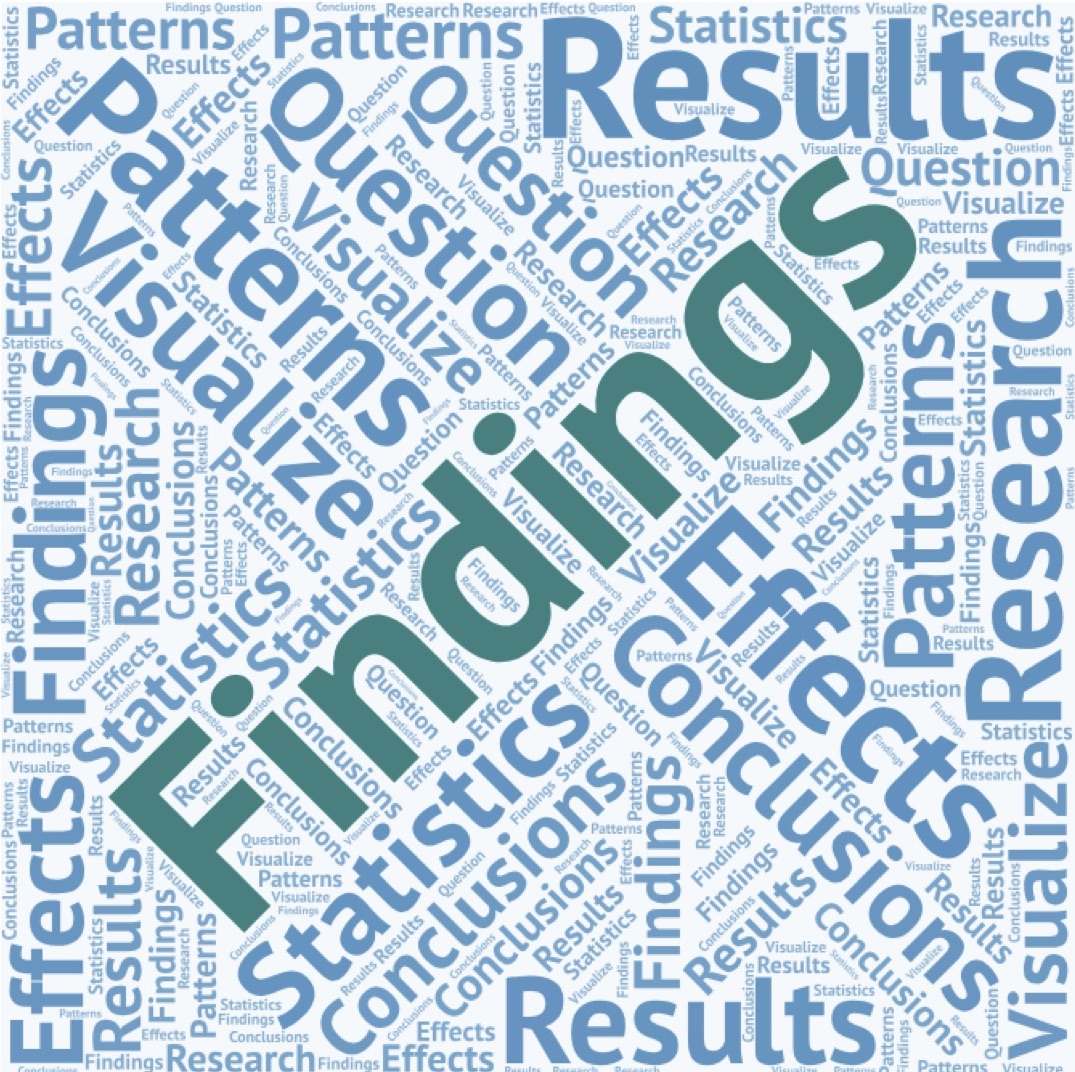Teacher Roadmaps - Making Sense of Findings
Look at All the Findings in Context

Making sense of science is something that happens from the initial questions to synthesizing findings, all throughout a study. Scientists constantly cross-check their ideas and relate results as they accumulate the theoretical framework of their study. Making sense, arguing from the evidence, and presenting research are particularly interrelated activities. So see the tips and resources in each section.
This practice can be encouraged for students all throughout a study by the many classroom techniques for student reflection. In addition to concept maps, diagrams, drawings, written descriptions and conversations, you may have students make:
- Working models: to illustrate how students think something works at particular times during a study.
- Story-boards: to illustrate how students' ideas connect and change.
What is science?
Einstein once said, "The whole of science is nothing more than a refinement of everyday thinking."
When we "do science," sometimes we forget that science is about making sense using everyday thinking. We use reason, logic, critical thinking, and problem solving applied to a particular context.
While having students create or describe models of their thinking is a long-standing classroom practice, the use of story-boards is a more recent introduction from the cartoon and animation world. In science lessons, story-boards are graphic organizers for students' models of biological processes. If story-boards are used at various points throughout a unit, the time series of story-boards reflects the evolution of a team's ideas and understandings. Some scientists also use story-boards to help them plan their research and prepare it for publication.
We provide story-board worksheets for you to use or adapt. You can stretch or shrink the blocks students use to note their ideas and questions in electronic versions of the worksheet. Or you may prefer poster-sized paper for students can directly sketch and write on throughout their investigations.
As students complete their data collection, making sense takes on particular prominence. But synthesizing understandings based on findings doesn't come easily to students. As one PlantingScience teacher remarked:
"My students have struggled with using the data to support their arguments. They are continually trying to make arguments based upon what they think should have happened, not what actually happened according to their data."
Here are a few prompts to help students summarize and explain what they think is going on with their data:
- What were you trying to determine?
- What conditions were you comparing?
- What are the "effects" you are seeing?
- What are all of the possible causes for the effects you saw?
- How does this connect with your working models?
- Do your results change your models in any way? If so, describe how, if you can.
- If there are several possible explanations, provide them and say whether you can tell which are more likely than others.
- How do your data fit with your teammates' data? Other student teams?
- Does evidence from another team's experiments further extend or support your explanation?
- Describe very briefly what you would do next (if you had time) to distinguish between possible explanations or pursue your investigation further.
See also the Making Sense of Findings Resources for Students and Mentors.